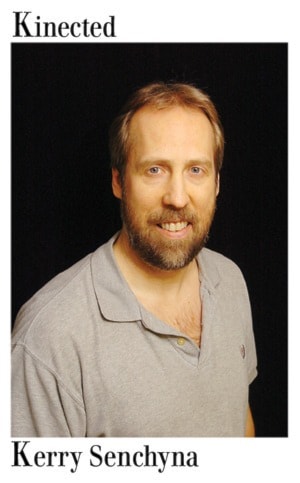Osteoporosis is a disease which is prevalent in two million Canadians and is characterized by low bone mass and a gradual deterioration of bone tissue. The result is an increase in the fragility of bone, and risk of fracture most commonly to the hip, spine and wrist. In fact, 70% of all hip fractures are related to osteoporosis and one fifth of these will result in death. Osteoporosis occurs without symptoms which means that the process goes on silently and without any awareness that it is happening. Despite the alarming statistics - of those over 50 years old, 12 per cent of men and 25 per cent of women have osteoporosis - there are steps you can take to slow and even reverse this process. These steps are many and can include improved nutrition with increased calcium intake, exposure to sunshine and medication prescribed by your doctor but I want to focus on exercise. What type of exercise is best? There has been some debate between weight bearing (standing, walking, running) and resistance exercise using weights and tubing. So, to answer this question we need to briefly discuss what happens to bone when it’s stressed.
When you put a force through a bone that is a little more than it is used to, then the bone will respond by stimulating “osteoblast” bone growth cells, and this increases bone density. When the bone is stressed it creates a small electrical charge through the minerals in the bone and it appears that this charge stimulates the osteoblasts to start building bone mass. This is the same ‘piezoelectric’ effect that the needles on records players made - and isn’t it appropriate that anyone old enough to remember record players is at a higher risk for osteoporosis.
As it turns out, the literature supports evidence for both resistance and weight-bearing exercise about equally. At least at this point in time it is very difficult to differentiate the minute contributions of each to bone growth. Bone growth is very sensitive to varying patterns of force and movement. Exercisers may best benefit bone strengthening by varying all the different parameters of movement. Not only should you do a variety of activities that include weight-bearing exercise such as walking and running with resistance exercise using weights or tubing, you should do them as various speeds and intensities and in different environments.
We must also keep in mind that along with the usual risk factors for osteoporosis and falling such as age, muscle weakness and loss of muscle mass, inflexibility and impaired mobility come sometimes overlooked factors such as impaired balance, impaired vision, and decreased reaction time. When choosing an exercise program, one should think about including activities that will benefit balance. But for this reason care should be taken to do these kinds of activities in a well supervised, safe environment.
Thirty minutes of weight-bearing exercise daily benefits not only your bones, but can improve heart health, muscle strength among many other health factors. Those 30 minutes don’t need to be done all at once; they can be done for 10 minutes, three times a day for instance. But throughout the day you should try to accumulate enough exercise to stimulate bone growth. If you have health concerns, always check with your family doctor before proceeding with a fitness program.
We must get moving. It doesn’t matter if you are 40 years old or 80, we know that physical activity at moderate intensity or greater is associated with a hip fracture risk reduction of 45 per cent in men and 38 per cent in women. So, in order to build bone, or slow the loss of bone, you need to challenge your body to do a more than it is used to, otherwise, you will keep losing bone mass.
• Kerry Senchyna holds a bachelor of science degree in kinesiology and is owner of West Coast Kinesiology in Maple Ridge.
